Counterfeit cosmetics account for an estimated 10% of the global cosmetics market. This represents a loss of earnings for the manufacturers who market the original products. But for consumers, it’s a proven health risk. Counterfeit cosmetics can cause severe allergies.
85 billion euros and 800,000 jobs
These figures represent the loss of earnings for manufacturers due to counterfeit products imported into the European Union. According to a report by the OECD (Organisation for Economic Co-operation and Development), this represents 5% of imported goods. The volume is such that the fight against counterfeiting is a real economic challenge.
4 out of 10 consumers
According to MarkMonitor’s 2017 study, 4 out of 10 consumers complain directly to a brand after an allergic reaction, following the use of a counterfeit cosmetic product.
Counterfeiting has a dual impact. From a health point of view, the lack or total absence of testing on counterfeit cosmetics is a real health risk for consumers. It is also a real source of damage to the image of the original brand. Reviews posted on the Web continue to create confusion and give the brand a bad reputation.
Up to 7% per year
According to the report “Counterfeit and pirated products” published by the EESC, counterfeiting is on the rise in the European Union. It is growing by up to 7% a year. There are several ways to curb this phenomenon, which is damaging both the EU economy and health. Manufacturers need to put procedures in place to protect their cosmetics, while informed consumers will be able to identify counterfeits and avoid buying them.
Consumer: How can I protect myself from counterfeit cosmetics?
Pay attention to where you buy your products. A dubious distributor may be an importer of counterfeit products, although this is not a general rule. Check the packaging and the information on the label. Spelling mistakes? Translation problems? Colors that don’t match the brand’s usual colors? It’s probably a counterfeit!
Industrial: Protecting my inventions
Industrial property protection procedures secure investments in Research & Development. The granting of the following titles enables the holder to take legal action against counterfeiters in France. Here is an example of a concrete application:
| Lipstick: | Industrial property title | Period of validity |
| Paste | Invention patents | 20 years |
| Design & Packaging | Design & Model | 25 years old |
| Product name | Brand | 10 years renewable |
In France, these procedures are carried out by theINPI with the help of an industrial property attorney. To protect your cosmetics internationally, you can apply to the EPO (European Patent Office) for a European patent. You can also protect your brand abroad via the WIPO (World Intellectual Property Organization).
I’ve spotted a counterfeit. What should I do?
The owner has procedures in place to establish proof of infringement.
| Procedure | Who? | What? |
| Counterfeit seizure | Authorization from the President of the TGI de Paris | Bailiff’s report on the presence of counterfeit goods |
| Right to information | Judge | Obtain information on the origin of the counterfeit and its distribution networks |
| Intervention request | Customs declaration | Preventive operation when the owner suspects counterfeiting |
Patent lawyer or patent attorney?
The professional to protect your invention 👉🏼 Read our article
